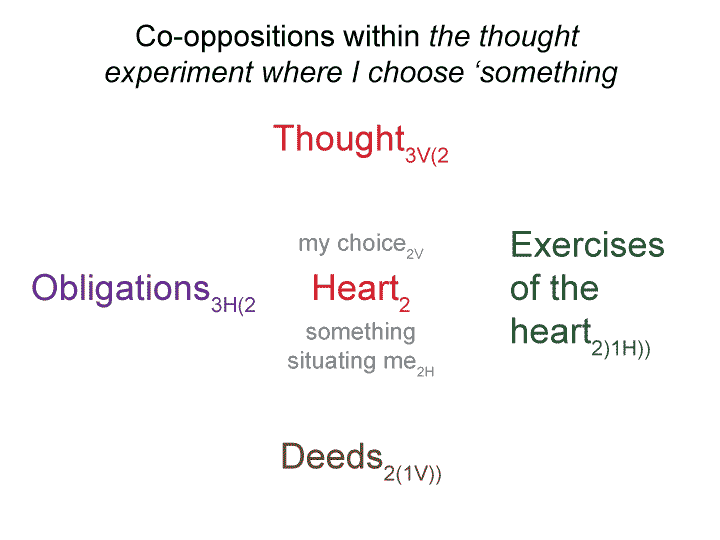Man and Sin by Piet Schoonenberg (1964) 2.3 TV
[Let me imagine that a train is like the single actuality produced by an intersection of two actualities.
The vertical nested form exhibits something comparable to choosing or thinking.
This corresponds to the value that a locomotive adds.
The horizontal nested form portrays something comparable to turning potential energy into work.
This correspond to the transformation of fuel (desire) into work (effort).]

